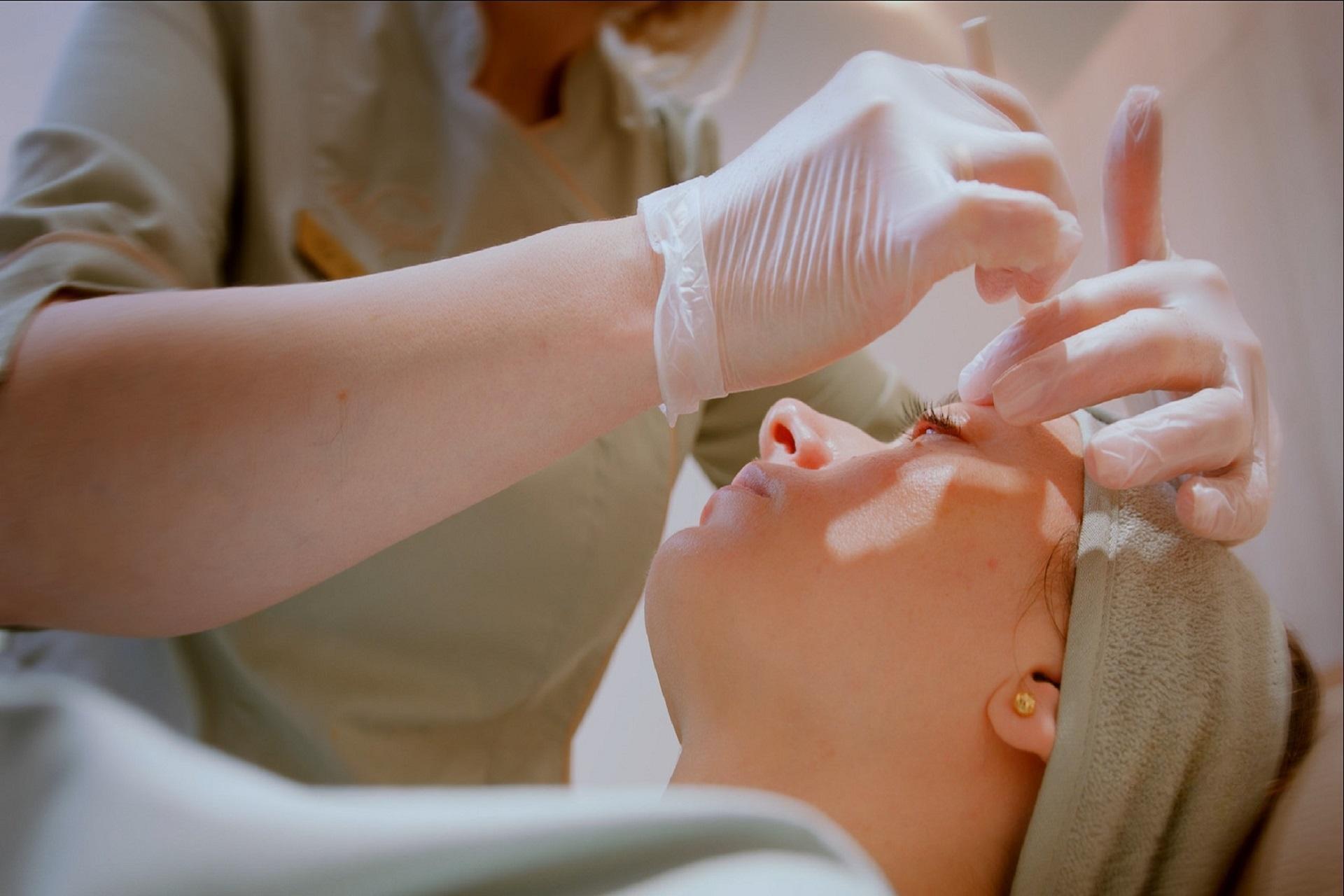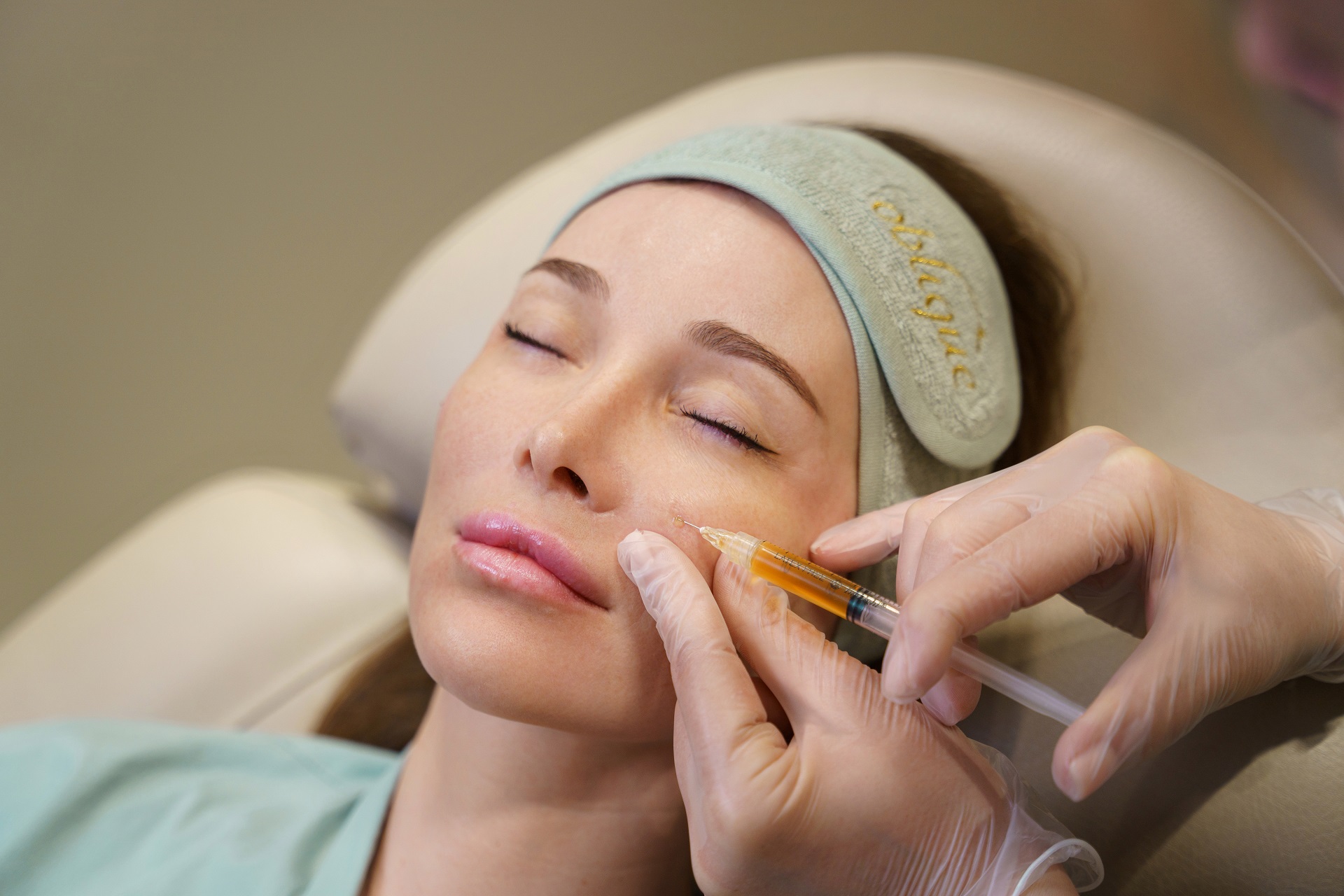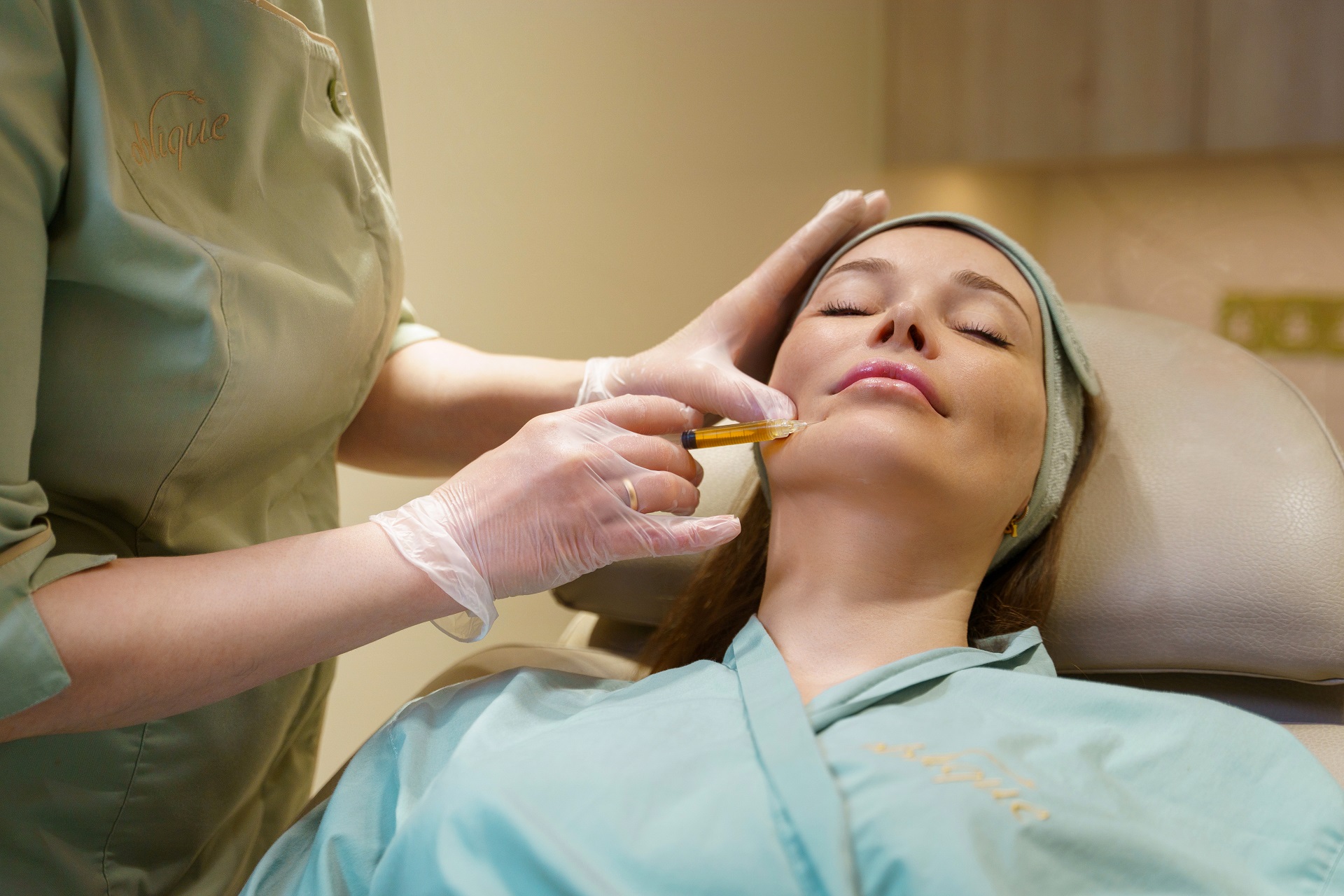Are Polynucleotides Effective for the Under-Eye Area?
-
date of publication: 24/09/2025
Reading TIME: 2 min 10 sec
-
Author of the post: Oblique
Polynucleotides (PNs) are emerging as a regenerative treatment for the delicate under-eye region, addressing common concerns such as fine lines, crepey skin, dark circles, and mild hollows. Unlike traditional dermal fillers that restore volume, polynucleotides act as biostimulators—encouraging the skin to repair itself from within. The result is gradual, long-term improvement in skin quality without dramatically altering facial contours.

How Do Polynucleotides Work?
Polynucleotides are purified DNA fragments, usually sourced from salmon or trout sperm, and are highly biocompatible with human tissue. Once injected, they stimulate fibroblasts, boost collagen and elastin production, and enhance microcirculation. This regenerative action makes them particularly effective for the thin, fragile skin under the eyes, where subtle changes create visible improvements.
Benefits of Polynucleotide Treatment Under the Eyes
- • Stimulates Collagen and Elastin
Supports firmer, smoother skin by reducing fine lines, wrinkles, and crepiness. - • Improves Texture and Hydration
Enhances moisture retention and hyaluronic acid production, leaving the under-eye area plumper and more refreshed. - • Reduces Dark Circles
Thickens skin, improves circulation, and calms inflammation. Their antioxidant properties also help minimize pigmentation and oxidative stress. - • Promotes Long-Term Skin Health
Encourages tissue repair and regeneration, making treatments valuable for both correction and prevention. - • Provides Natural-Looking Results
Unlike fillers, which can occasionally look overdone, PNs subtly enhance skin quality without adding obvious volume.
Side Effects and Considerations
When performed by a qualified practitioner, polynucleotide injections are generally safe. However, patients should be aware of the following:
- • Common, temporary effects: mild redness, swelling, bruising, or small bumps that usually fade within days.
- • Rare complications: prolonged swelling, infection, or nodules, typically linked to poor technique—highlighting the importance of choosing an experienced injector.
- • Allergy risks: because PNs are fish-derived, they are not suitable for individuals with fish allergies.
Treatment Expectations
- • Gradual improvements: results appear over weeks to months as the skin regenerates.
- • Course of sessions: typically 2–4 treatments spaced 2–4 weeks apart, with maintenance every 6–12 months.
- • Not a filler substitute: for deep tear troughs or significant hollowing, PNs may be combined with dermal fillers for more comprehensive rejuvenation.
- • Individual variation: age, skin type, and lifestyle all influence results.
Who Is a Good Candidate?
PNs are best suited for those seeking subtle, natural improvements—such as addressing early aging, mild hollowing, or dark circles. They are less effective for severe volume loss, where fillers or surgical options may be more appropriate. A professional consultation ensures the right treatment plan.
What to Expect During and After Treatment
- • Procedure: a 20–30 minute session with fine-needle or cannula injections, often preceded by numbing cream.
- • Downtime: minimal, with swelling or bruising resolving in a few days. Makeup can usually be worn the next day.
- • Aftercare: avoid intense exercise, heat (saunas, steam rooms), and alcohol for 24–48 hours. Follow tailored instructions from your practitioner.
Comparing Polynucleotides to Other Under-Eye Treatments
- • Dermal Fillers: offer immediate volume; PNs improve long-term skin quality. A combination can deliver balanced results.
- • PRP (Platelet-Rich Plasma): both stimulate regeneration, but PNs provide a standardized, consistent formulation, while PRP results vary with blood quality.
- • Laser or Microneedling: address surface concerns, whereas PNs work deeper to stimulate cellular repair.
Final Thoughts
Polynucleotides provide a natural, regenerative solution for under-eye rejuvenation—improving hydration, reducing dark circles, and enhancing overall skin quality without altering facial volume. While not a universal fix, they can be a powerful addition to a personalized aesthetic plan, especially when paired with complementary treatments.
To find out if polynucleotides are right for you, consult a qualified aesthetic professional who can tailor recommendations to your goals and medical history.
Best services for you

from £350
Experience the discreet luxury of our dermal fillers at Oblique House of Aesthetics. Explore our curated selection of bespoke treatments that elevate your natural radiance and ensure lasting results that become your best-kept beauty secret.
Benefits
- Anti-Ageing
- Versatility
- Volume Restoration
- Minimal Downtime
- Natural-looking Results
- Non-Surgical Facelift

from £185
Unlock your skin’s natural collagen glow and youthful skin with micro-needling, a unique treatment and globally renowned pioneer in advanced collagen-induction therapy.
Benefits
- ANTI-AGEING
- COMPLEXION BOOST
- SCAR REDUCTION
- PORE REDUCTION
- SKIN REJUVENATION
- SKINCARE BOOST

from £350
Polynucleotides are naturally occurring molecules that help regenerate and repair the skin at a cellular level. They work by stimulating collagen production, improving skin elasticity and promoting deep hydration. Commonly used in aesthetic treatments, polynucleotides help reduce fine lines, improve skin texture and accelerate healing, making them ideal for rejuvenation, and anti-ageing therapies.
Benefits
- Post-Treatment Glow
- Boosts Skin Regeneration
- Strengthens the Skin Barrier
- Reduces Fine Lines and Wrinkles
- Enhances Skin Texture and Tone
- Improves Elasticity and Firmness
- Increases Hydration for a Dewy Glow

from £350
Platelet-rich plasma (PRP) unleashes the power of collagen, smoothing wrinkles, toning, and tightening your skin with its own natural resources.
Benefits
- Scar Reduction
- Hair Restoration
- Collagen Stimulation
- Wound Healing
- Skin Tightening
- Hyperpigmentation
Date of publication24/09/2025











